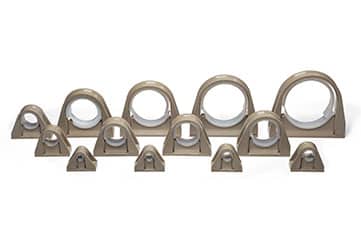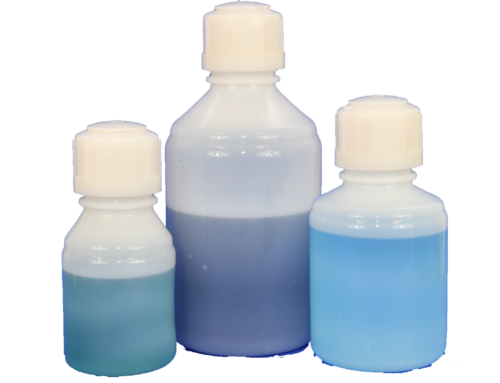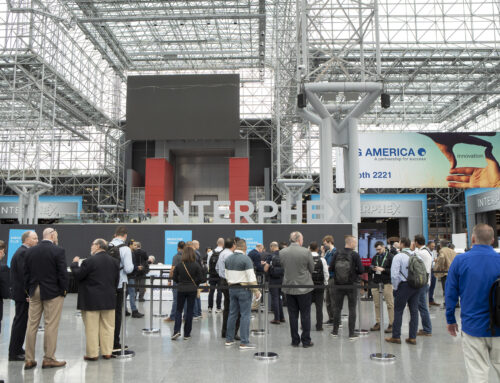Fluoropolymers to the Flight Deck!

In our last blog, we talked about the growing demand for fluoropolymers in aerospace and where they would fit best on today’s lighter, more efficient passenger aircraft. Here, we’ll dive in to how we began working with a leading aerospace manufacturer to create custom PFA parts for their aircraft.
Savillex is no stranger to creating high performance plastics for demanding environments. Our custom-engineered components are used all over the world and in a range of applications, like lab and filtration equipment. But aircraft? When we first got the call, aerospace was a new frontier for us.
Our client had a unique challenge on their hands. They were redesigning the composite wings on their passenger aircraft and wanted our help replacing heavier metal parts with lighter weight, yet highly durable, plastic components.
Inside these composite wings are fuel lines and tanks, as well as hydraulic lines that power an aircraft’s landing gear, flaps, flight controls and more.
Creating the Right (PFA) Part for the Job
In partnership with our client, we designed and created custom molded, PFA clamp inserts that help support fuel and hydraulic lines within the composite wings.

Fuel & hydraulic line clamp assemblies.
We recognized early on that – to be viable – the new PFA clamp insert components had to be non-flammable. They also needed to be non-reactive to jet fuel, as the clamps are completely immersed within the fuel tank.
Finally, the components had to have high lubricity (not generate too much friction), given that the fuel and hydraulic lines slide through the clamp inserts as the wings flex in flight.
Fluoropolymers – molded PFA, in particular – were the only materials that had the required non-flammability and lubricity properties. What’s more, PFA fluoropolymers were resilient enough to survive working temperatures as low as -200°C and as high as 260°C.
The other advantage to using molded PFA? Custom components can be made cost-effectively, quickly and precisely. That’s because part of our expertise at Savillex is designing specialized tooling, so that complex PFA components can be manufactured at lower per-unit costs than machined PTFE parts. (See the business case on moving away from machined, and toward molded, PFA parts.).
The entire PFA molding process can be scaled up or down depending on part demands while maintaining tight quality control and flexibility.
So, whether you’re looking to retro-fit composite wing components on a fleet of aircraft or have a specialized part in mind, we can develop a tailor-made solution for you. For some more information on that, be sure to read about our suite of custom services.



